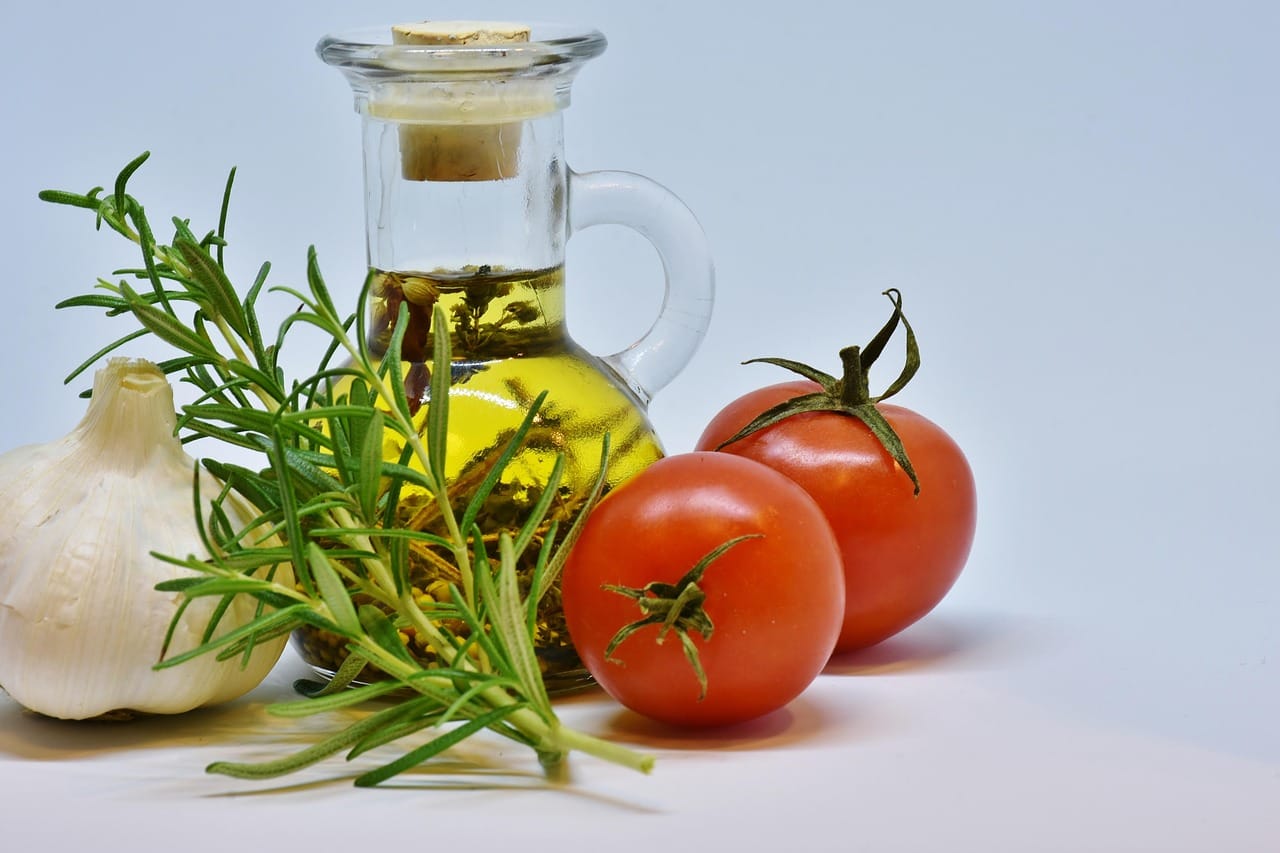Miso soup, a cornerstone of Japanese cuisine, offers a comforting and flavorful experience. More than just a starter, it’s a nutritional powerhouse packed with probiotics, essential minerals, and umami goodness. This guide explores everything you need to know about miso soup, from its rich history and health benefits to its diverse ingredients and preparation methods. Whether you’re a seasoned foodie or new to Japanese cuisine, you’re about to discover why miso soup deserves a regular spot on your table.
What is Miso Soup?
Defining Miso Soup
Miso soup is a traditional Japanese soup primarily composed of two key ingredients: miso paste and dashi. Miso paste, made from fermented soybeans, adds a deep, savory flavor, while dashi, a broth made from kombu (kelp) and katsuobushi (dried bonito flakes), provides a subtle umami base. The combination creates a complex and satisfying flavor profile that’s both comforting and nutritious.
A Brief History
The origins of miso soup can be traced back to ancient China and Korea, where fermented bean pastes were used as a staple ingredient. The practice of making and using miso was introduced to Japan around the 7th century. Over time, the Japanese refined the process and incorporated it into their culinary traditions. Today, miso soup is a beloved dish enjoyed by people all over the world, celebrated for its simplicity, versatility, and health benefits.
Regional Variations
Miso soup isn’t a monolithic dish; variations abound depending on the region and household. Some examples include:
- Shinshu Miso Soup (Nagano Prefecture): Made with yellow miso, known for its slightly sweet and mild flavor.
- Akadashi Miso Soup (Aichi Prefecture): Utilizes a darker red miso, offering a richer, more robust taste.
- Shiro Miso Soup (Kyoto): Features a sweeter, lighter white miso, often paired with delicate ingredients.
These regional differences highlight the adaptability and cultural significance of miso soup within Japan.
The Nutritional Powerhouse: Benefits of Miso Soup
Probiotic Power
Miso is a fermented food, which means it’s rich in probiotics. These beneficial bacteria are crucial for gut health. A healthy gut biome is linked to:
- Improved digestion
- Enhanced immune function
- Reduced inflammation
- Better nutrient absorption
Consuming miso soup regularly can contribute significantly to maintaining a balanced gut flora. Studies have shown that fermented foods like miso can increase the diversity of gut bacteria, which is a key indicator of a healthy gut.
Rich in Essential Minerals
Miso is an excellent source of various essential minerals, including:
- Manganese: Important for bone health and metabolism.
- Copper: Helps in iron absorption and energy production.
- Phosphorus: Vital for bone and teeth health.
- Vitamin K: Essential for blood clotting and bone metabolism.
These minerals play critical roles in maintaining overall health and wellness. One cup of miso soup can provide a significant portion of your daily mineral needs.
Potential Health Benefits
Emerging research suggests potential additional health benefits from consuming miso soup regularly:
- Reduced risk of stomach cancer: Some studies have linked miso consumption to a lower incidence of stomach cancer, although more research is needed.
- Improved cardiovascular health: The isoflavones in miso may help lower blood pressure and cholesterol levels.
- Enhanced mental well-being: The probiotics in miso can influence the gut-brain axis, potentially improving mood and reducing anxiety.
While these benefits are promising, it’s important to note that miso soup should be part of a balanced diet and healthy lifestyle.
Crafting the Perfect Bowl: Ingredients and Preparation
Essential Ingredients
The foundation of any good miso soup lies in these key ingredients:
- Miso Paste: Choose a variety that suits your taste preferences (white, yellow, or red).
- Dashi: Can be made from scratch or purchased in instant form. Kombu dashi (vegetarian) and Awase dashi (bonito and kombu) are popular choices.
- Tofu: Silken or firm tofu adds texture and protein.
- Wakame Seaweed: Provides a briny flavor and valuable nutrients.
- Green Onions: Sliced green onions add freshness and visual appeal.
Experiment with different types of miso and dashi to find your favorite combination.
Step-by-Step Preparation
Here’s a simple recipe for making delicious miso soup at home:
- Prepare the Dashi: If using instant dashi, follow the package instructions. If making from scratch, simmer kombu and katsuobushi in water for about 10 minutes, then strain.
- Add the Wakame: Soak dried wakame in water until rehydrated, then add it to the dashi.
- Incorporate the Tofu: Gently add cubed tofu to the soup.
- Dissolve the Miso: In a separate small bowl, mix a spoonful of miso paste with a little of the warm dashi until smooth. This prevents clumps.
- Add the Miso Mixture: Pour the miso mixture into the soup pot and stir gently. Do not boil the soup after adding miso, as this can diminish its flavor and probiotic benefits.
- Garnish and Serve: Garnish with sliced green onions and serve immediately.
This recipe serves as a base; feel free to customize it with your favorite vegetables or protein sources.
Tips for Success
Follow these tips to elevate your miso soup game:
- Don’t Boil the Miso: Boiling can destroy the beneficial enzymes and probiotics.
- Adjust the Miso to Your Taste: Start with a small amount and add more until you reach your desired flavor intensity.
- Use High-Quality Ingredients: The better the ingredients, the better the soup.
- Experiment with Toppings: Add other ingredients like mushrooms, spinach, or enoki mushrooms for added flavor and texture.
By following these tips, you can consistently create delicious and nutritious miso soup.
Beyond the Basics: Creative Miso Soup Variations
Vegetarian Miso Soup
For a vegetarian or vegan option, use kombu dashi or shiitake mushroom dashi as the base. Add a variety of vegetables, such as:
- Spinach
- Carrots
- Mushrooms
- Edamame
Consider adding a dollop of sesame oil for added flavor and richness.
Hearty Miso Soup with Protein
For a more substantial meal, incorporate protein sources like:
- Chicken
- Pork
- Salmon
- Boiled eggs
These additions transform miso soup from a light appetizer into a satisfying and nutritious main course. Add sliced pork belly or leftover grilled chicken to dashi before adding the miso for more flavor.
Spicy Miso Soup
Add a kick to your miso soup with ingredients like:
- Gochujang (Korean chili paste)
- Sriracha
- Chili oil
- Thinly sliced chili peppers
Start with a small amount and adjust to your preferred spice level. A teaspoon of gochujang can add both heat and depth of flavor.
Pairing Miso Soup: What to Serve With It
Traditional Japanese Meals
Miso soup is a staple in traditional Japanese meals, often served alongside:
- Steamed rice
- Grilled fish (like salmon or mackerel)
- Pickled vegetables (tsukemono)
- Tamagoyaki (rolled omelet)
This combination provides a balanced and flavorful dining experience.
Western-Inspired Pairings
Miso soup can also be enjoyed as a starter to Western meals. It pairs well with:
- Salads
- Sandwiches
- Pasta dishes
Its umami flavor can complement a wide range of cuisines.
Serving Suggestions
Here are some tips for serving miso soup:
- Serve in small bowls, typically without a spoon.
- Encourage slurping the soup directly from the bowl. This is considered polite in Japanese culture.
- Serve the soup hot, but not scalding.
- Offer a variety of toppings for guests to customize their bowls.
By following these suggestions, you can create an authentic and enjoyable miso soup experience.
Conclusion
Miso soup is much more than just a simple starter. It’s a flavorful, nutritious, and versatile dish with a rich history and numerous health benefits. From its probiotic power and essential minerals to its potential positive impact on overall well-being, incorporating miso soup into your diet can be a delicious and beneficial choice. Experiment with different ingredients and variations to discover your perfect bowl and enjoy the many rewards this traditional Japanese soup has to offer.




